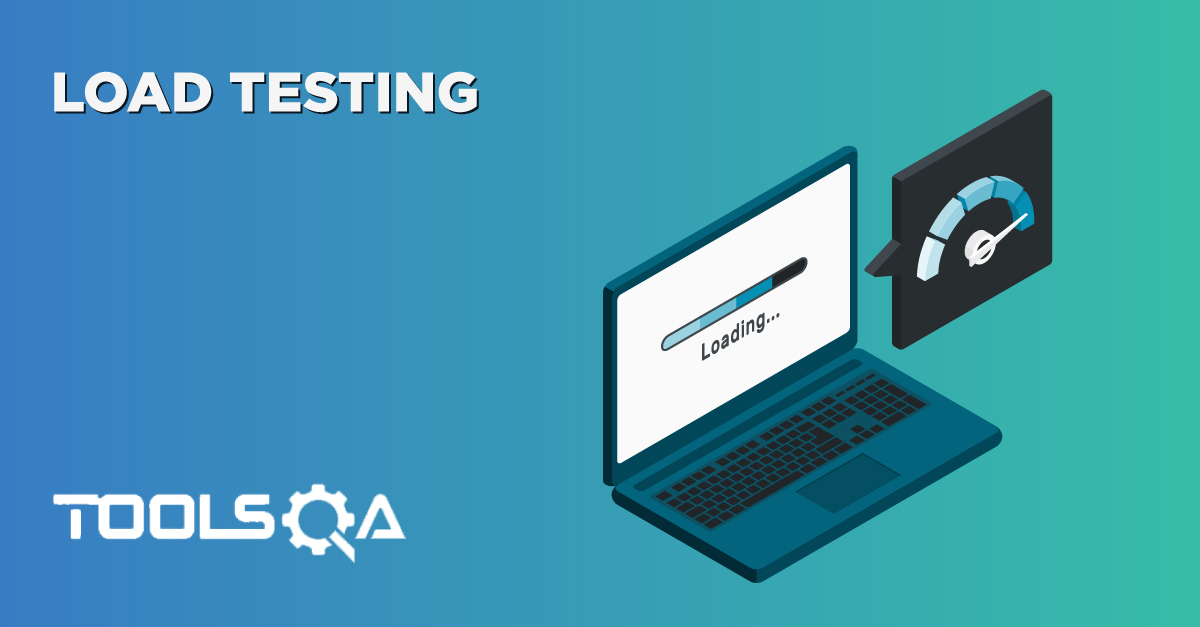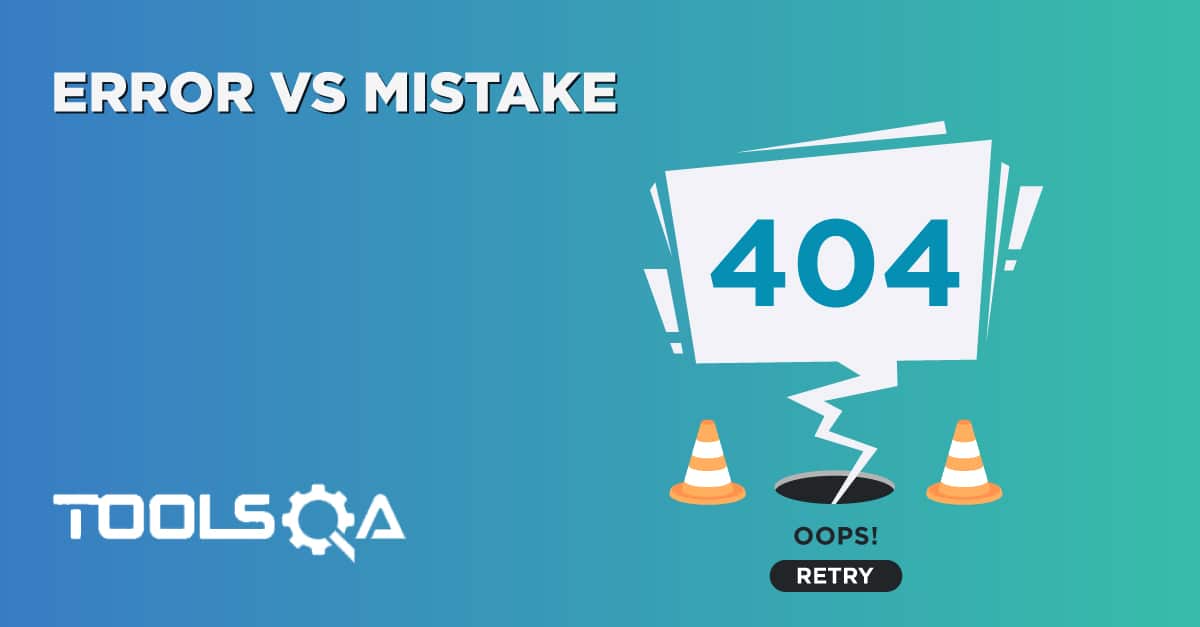What is Stress Testing?
Stress Testing is done to evaluate the application's behavior beyond normal or peak load conditions. It is basically testing the functionality of the application under high loads. It involves testing beyond normal operational capacity to determine breaking points or safe usage limits. It may create unexpected integrity issues in a variety of ways like
- Closing and restarting database access suddenly
- Randomly shutting down network connections
- Severely reducing physical resources such as disk space, memory or network bandwidth
Stress Testing is a type of Non-Functional Testing. Under this, various activities to overload the existing resources with excess jobs are carried out in an attempt to break the system down. The purpose behind stress testing is to ascertain the failure of the system and to monitor how the system recovers back gracefully. If the system is able to recover without loss of data and without creating security leaks, it means that it has successfully passed the stress test.
Difference between Performance, Load and Stress Testing
Objective of Stress Testing
- Testing beyond normal operational capacity, often to a breaking point, in order to observe the results.
- To analyze post-crash reports to define the behavior of application after failure.
- To ensure that the system does not compromise with the security of sensitive data after the failure.













